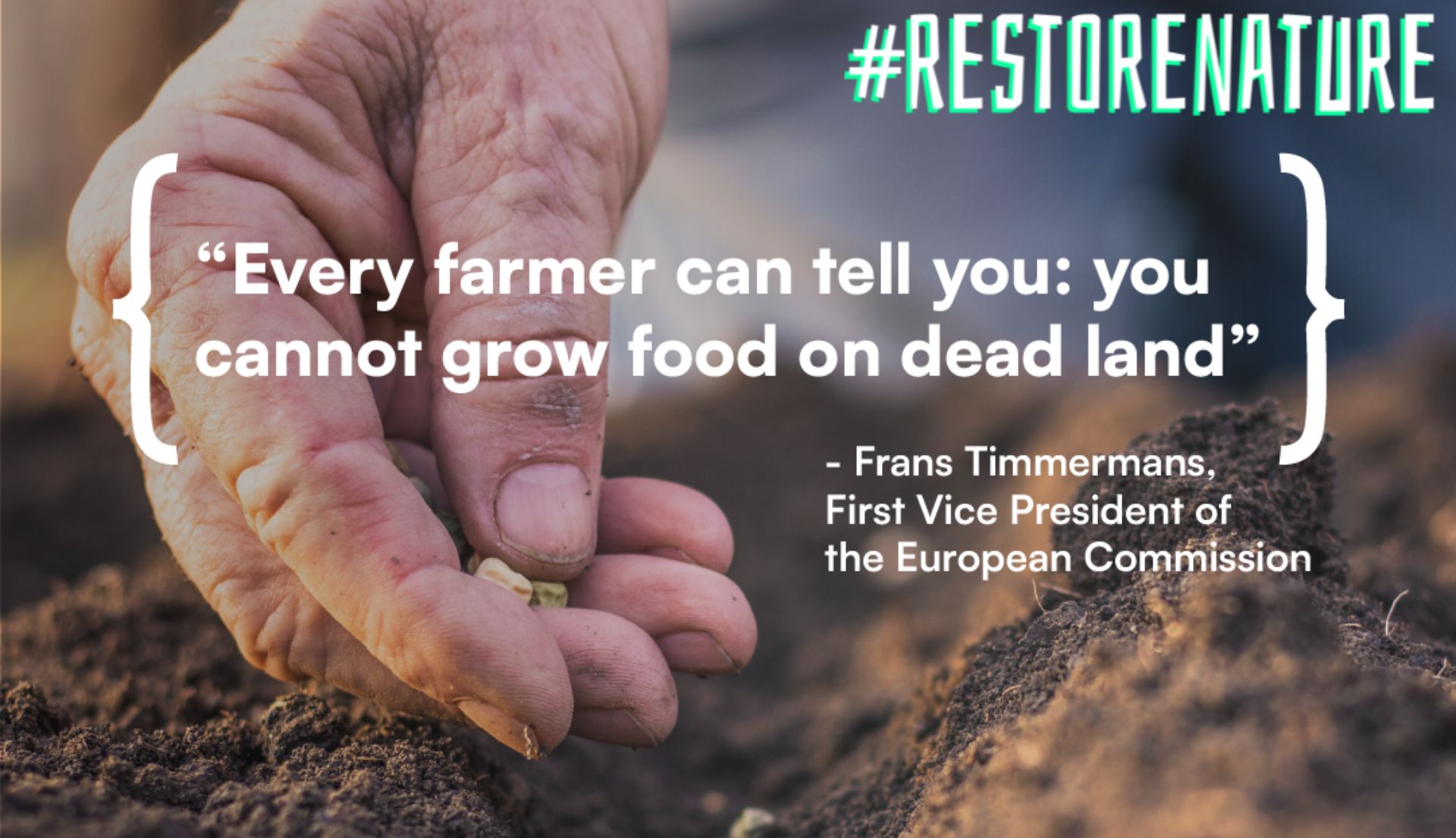Negotiations between EU parliament, Commission and Council, the so-called trilogue negotiations, are reported to have been challenging as the Council and Commission worked to find common ground with Parliament’s significantly weaker position. While all ecosystems originally covered by the law are still included in the agreement, the articles have been watered down compared to the original Commission’s proposal and the Council’s position. It is disappointing to see the many exemptions included, and the excessive flexibility regarding obligations for Member States.
- The scope of terrestrial restoration has not been restricted to Natura 2000 sites exclusively, but significant loopholes were added which can decrease the total area to be restored.
- The requirement to prevent deterioration has been severely undermined, making it difficult to implement.
- Fortunately, concrete requirements to increase nature on farmlands, as well as restore peatlands made it into this agreement, but the reintroduction of the article came at a high cost, with significant concessions being made, such as introducing the possibility to pause the implementation of the legislation – also referred to as the ‘emergency brake’.
The call for an impactful Nature Restoration Law received unprecedented support from over one million citizens, businesses, scientists, and multiple other stakeholders.
The latest step was the vote in the ENVI committee that happened on the 29th of November, where the MEPs members of the committee supported the final text of the law.
Now there are only two official steps missing for the NRL to officially become law: the vote in plenary of the whole European Parliament and the vote of the ENVI Council. Both votes are “supposed” to be just a rubberstamp, but with this piece of legislation we know that it is not necessarily the case. The vote in plenary is scheduled to happen in the week of the 26-29 of February and the vote in Council in March.

